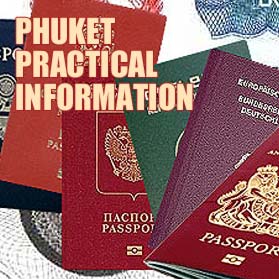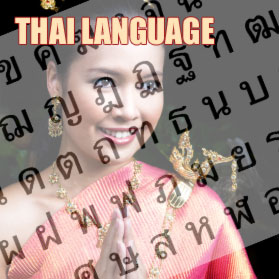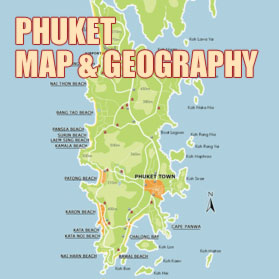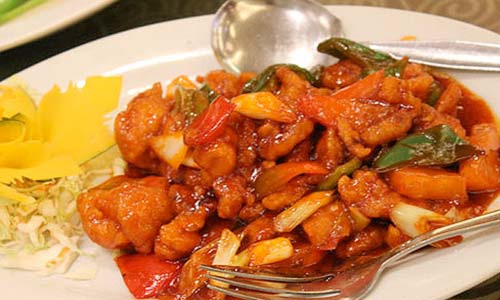
Thai people love to eat. There is nothing that they enjoy more. Every corner, street and alley has a restaurant, street stall or stand selling snacks, nibbles, bites and full menus of tantalising local specialities.
Tourist restaurants will often serve up a toned down version of what should be a full flavour feast, and without anyone to tell you the food is less than genuine; a visitor’s introduction to Thai food is often tainted by these farang-ised Thai dishes. Once you have had enough of yet another overly sweet, messy slop of phad thai, it is time to explore the never-ending possibilities of Thai cuisine.
When asked what they like most about Thailand, visitors often answer ‘the food’. The creation of Siam servings is a masterful mix of salty, sweet, sour, spicy and bitter. The spice factor, often too much for most westerners, is used for medicinal purposes, combined with the use of market fresh vegetables and the choicest local herbs for bursting flavours and prevention of common ailments. The food is low in fat and high in fibre and most dishes, considering they taste so good, are surprisingly nutritious.
But it is not only the unique and pleasantly pungent tastes that visitors love, the cost of eating in Thailand is as satisfying as the pleasure experienced by the palate. One of Thailand’s major industries is agriculture. Grains, meats, vegetables and most importantly rice are all locally produced at minimal cost. The country also has rich waters filled with fresh and sea water creatures, which are shipped across the land, making seafood and fish dishes some of the most popular choices. Add to this the natural innovation and long standing techniques used by Thais in food preparation and there are few who visit who cannot be satisfied.
Passing through different regions of Thailand, you may notice that the dialect and sound of the language changes abruptly. When you think you have learned how to say sawdee kha in exactly the right tone, you move to another place and find that they have a completely different method of utterance. The same goes for the food. There are four main regions offering cuisine adventurers a unique experience.
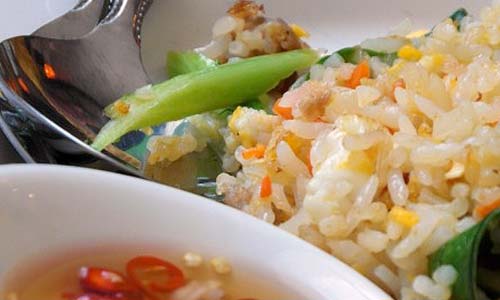
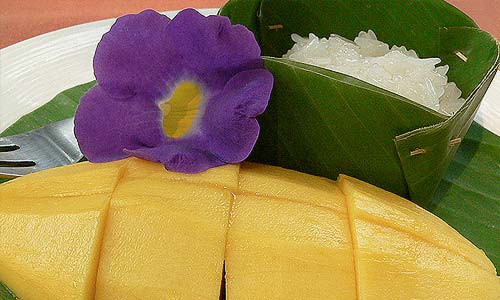
Food in the northeast is influenced by neighbouring Laos. Dishes are highly seasoned and among the most popular specialities are larb, a spicy, seasoned salad made with pork or chicken; somtam, spicy papaya salad, and gai yang, barbequed chicken. All are served with glutinous rice, a northern favourite widely known as sticky rice, or khao neow.
Burmese influences have bearings on the dishes of the central northern regions. Northern cooks generally are less heavy handed with the chilli and the use of ginger, tamarind and turmeric is common. Khao soi, a curry with egg noodles and pickled cabbage, is only found in the north and should be number one on any visitor list of dishes to try. Tourists to the north should not miss the opportunity to dine at a traditional Khantoke dinner, combining the best of northern specialities and traditional performances in a reconstructed wooden palace.
Throughout the central plains of Thailand, the food combines mixes from all regions, and many Chinese-Thai fusions are common characteristics. The south is the place to get down to spicy treats. Chilli-filled soups and curries are common dishes and fresh seafood is abundant. Influences are also found in dishes taken from Indonesia, such as chicken kebabs with peanut sauce (gai sate), an international favourite, and rich curries such as kaeng masaman from Malaysia.
Eating in Thailand is very much a family affair. It is often thought of as odd to see someone eating alone and most Thais will wait to the point of starvation until they find a dining partner. A typical meal will include a soup, fried fish, spicy salad known as yam, a curry dish and a dip with vegetables. Each member of the party will be served a bowl of rice and can take a bite from the main dishes in the centre of the table. Meals are eaten with a spoon and fork, while chopsticks are generally only used for noodle soups or Chinese food.
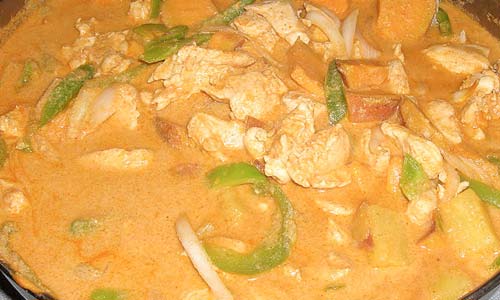
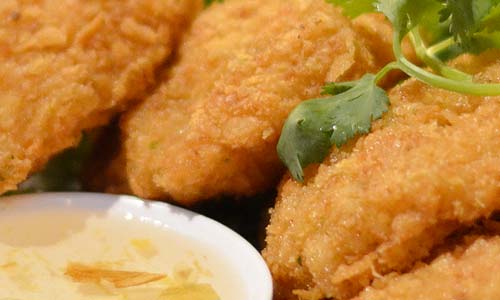
Thai fast food is known as such, not because of its enticing greasiness or fat content as with the western equivalent, but instead as a range of dishes that can be cooked up in a matter of minutes. These dishes such as phad thai, or fried noodles, khao phad, or fried rice, or phad khrapao, or fried basil with pork or chicken, are commonly ordered as a quick lunch, breakfast or evening meal, and often served with a fried egg plonked on top.
There are few countries that can offer such a range of fruits like Thailand. Its tropical climate and heavy rains in monsoon season mean that fruit is everywhere. The diversity of delicious fruity sweetness to be found is so vast and the cost so little, some health conscientious rebels decide to diet solely on fruit as an internal body cleansing exercise. From the vibrant pinks of the dragon fruit to the prickly looking shells of the rambutan, photo opportunities are an added bonus to the already particular delight of fruit shopping in Thailand.
Thai desserts, in general, use five base ingredients: coconut cream, coconut flesh, rice flour, palm sugar and eggs. Among the favourites are thong yip, a sweet egg yolk cup; foi thong, shredded, sweetened egg yolk, and tako, a jelly served with creamy coconut.
Those interested in more than just sampling the food fare on offer while travelling in Thailand will be pleased to know that in Phuket there is a couple of such cooking schools. Courses include trips to local markets, ingredient preparation, cooking and best of all, an eating party after all the hard work. If you would like us to arrange a short course whilst you are visiting Phuket please let us know and Braun can arrange it for you. Thai recipes
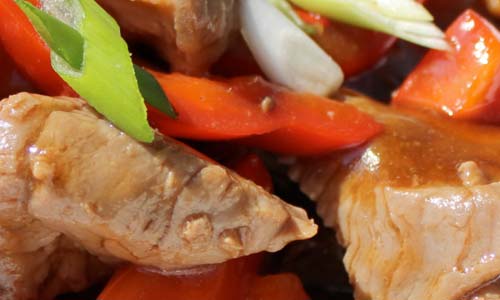
Top 10 Thai dishes among tourists
Tom yam goong: a spicy shrimp soup made with coconut milk, lemongrass, lime leaves, galangal and shallots.
Kaeng khio wan gai: green chicken curry made from green curry paste and coconut milk.
Phad thai: noodles fried with tofu, spring onions, bean sprouts and ground peanuts.
Phad khrapao: chicken, pork or prawns stir-fried with basil.
Kaeng phet pet yang: roast duck curry.
Tom kha gai: chicken in coconut soup with galangal and lemongrass.Thai Favorite
Khao phad: boiled rice fried with meat, egg, onion, cilantro, garlic and tomatoes.
Moo/gai sate: pork/chicken kebabs served with peanut sauce.
Gai phad met mamuang: stir-fried chicken with cashew nuts.
By Anna McCarthy




